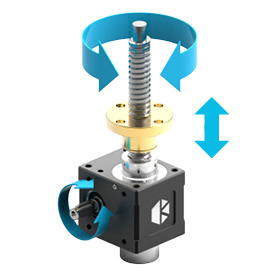 For thousands of years many scientists groped in dark to understand the true nature of light. The ancient Greeks believed that light consisted of rays of matter given out by whatever object was being looked at. Plato and his followers believed that it was a mixture of different matters coming from the sun. But in the 11th century it was Alhazen, the Arabic scientist who was the first to propound the theory that light could be given out by all luminous object.
For thousands of years many scientists groped in dark to understand the true nature of light. The ancient Greeks believed that light consisted of rays of matter given out by whatever object was being looked at. Plato and his followers believed that it was a mixture of different matters coming from the sun. But in the 11th century it was Alhazen, the Arabic scientist who was the first to propound the theory that light could be given out by all luminous object.
In the 17th century, the British scientist Sir Isaac Newton put forward the corpuscular theory of light. According to this theory light travels in the form of corpuscles in straight lines through imaginary medium called ether. This theory could not explain some of the observed phenomena such as interference and diffraction. In an attempt to explain these phenomena, Christian Huggens of Holland proposed the wave theory of light. He maintained that light consists vibrations at right angles to the direction of propagation. It travelled in the form of waves which spread in straight lines. He continued that the medium in which light travels was ether which was believed to be an invisible and omnipresent substance. This classical wave theory existed for hundred years. Although it explained the phenomenon of reflection, refraction, interference and diffraction of light, it could not explain the transverse nature of light.



 The natural oxide film on aluminium is thin. Anodizing makes a thicker oxide layer. This protects the aluminium from corrosion and makes it last longer.
The natural oxide film on aluminium is thin. Anodizing makes a thicker oxide layer. This protects the aluminium from corrosion and makes it last longer.


